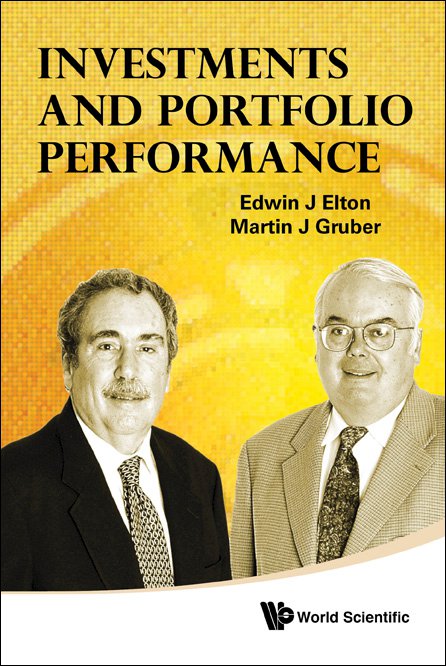The Impact of Mutual Fund Family Membership on Investor Risk
Many investors confine their mutual fund holdings to a single fund family either for simplicity or through restrictions placed by their retirement savings plan. We find evidence that mutual fund returns are more closely correlated within than between fund families. As a result, restricting investment to one fund family leads to a greater total portfolio risk than diversifying across fund families. We examine the sources of this increased correlation and find that it is due primarily to common stock holdings, but is also more generally related to families having similar exposures to economic sectors or industries. Fund families also show a propensity to focus on high or low risk strategies, which leads to a greater dispersion of risk across restricted investors. An investor considering adding an additional fund, either in the same family or outside the family, would need to believe the inside fund offered an extra 50 to 70 basis points to have the same Sharpe ratio.


